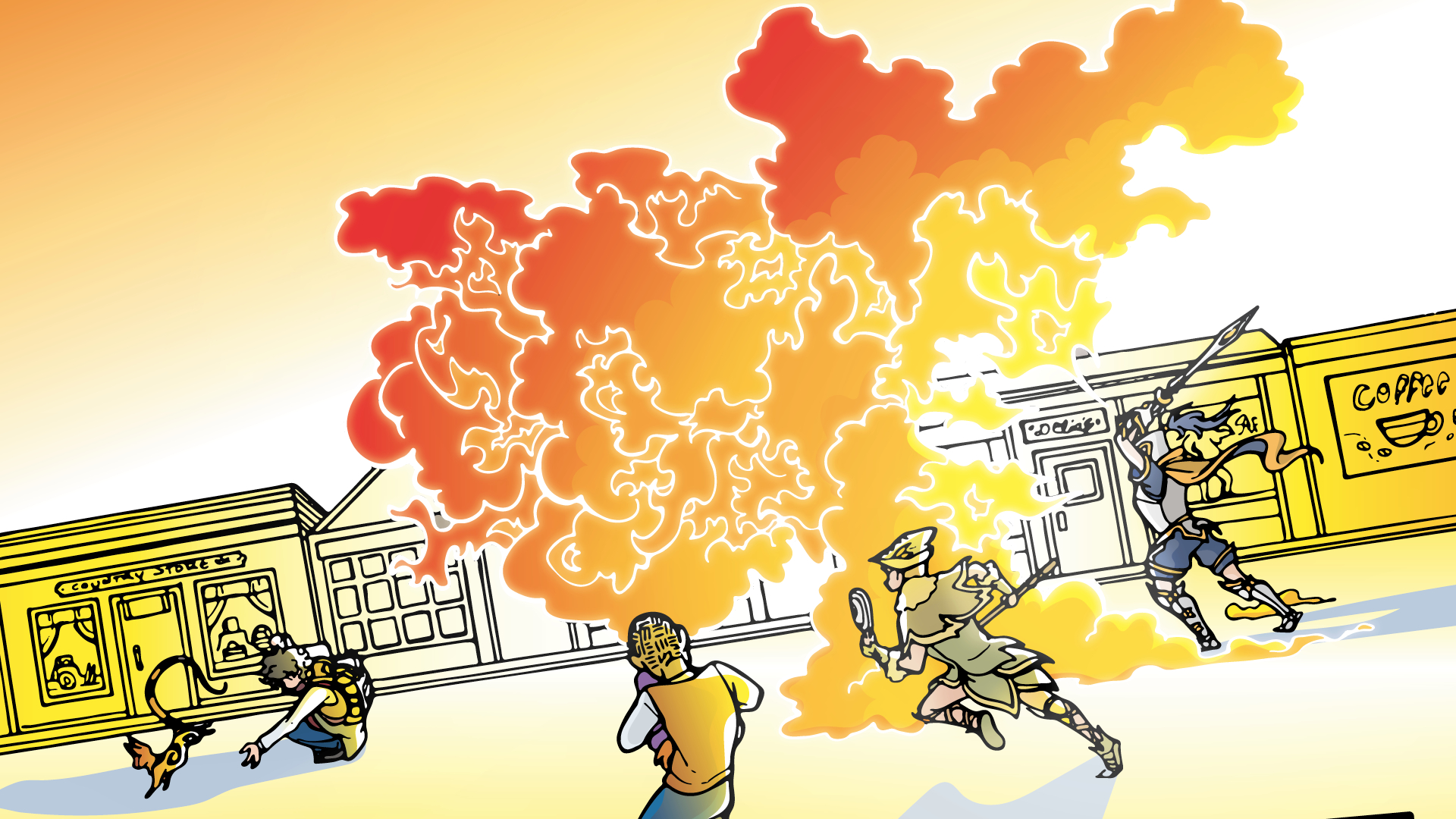
by Alexa Goodrich-Houska (she/they) | Jun 29, 2023 | Blog
Busy Geek Breakdown (TL;DR): If you haven’t checked out this webcomic, you’ll get hooked quickly. It has adventure, magic, teen angst, and plenty of geeky references. We need more stories like this, with complex representation of Queer characters. Checkout...
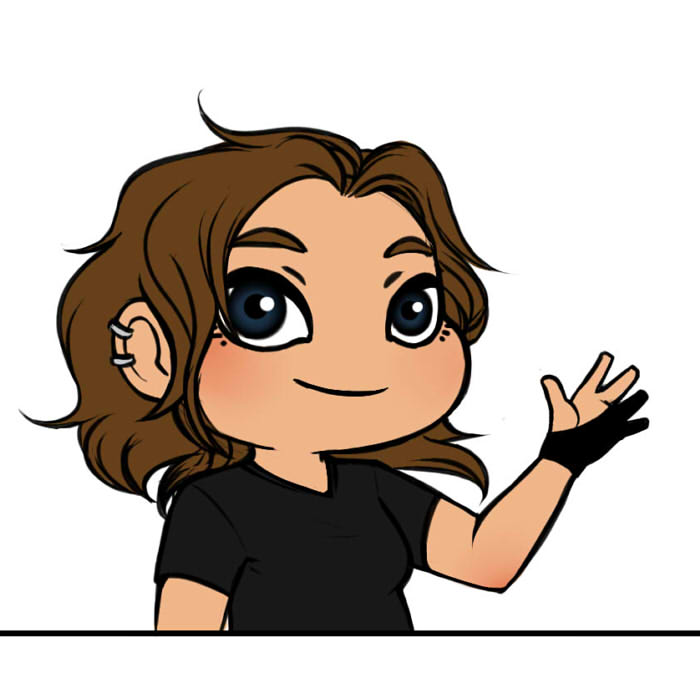
by Michele Kirichanskaya | Feb 26, 2023 | Blog
Madeleine Cull (AKA Mccull) – has been a webcomic artist for close to ten years now, and has been writing stories for as long as she can remember. She currently lives in the pacific northwest and spends most of her time drawing or hanging out with her cat, but...
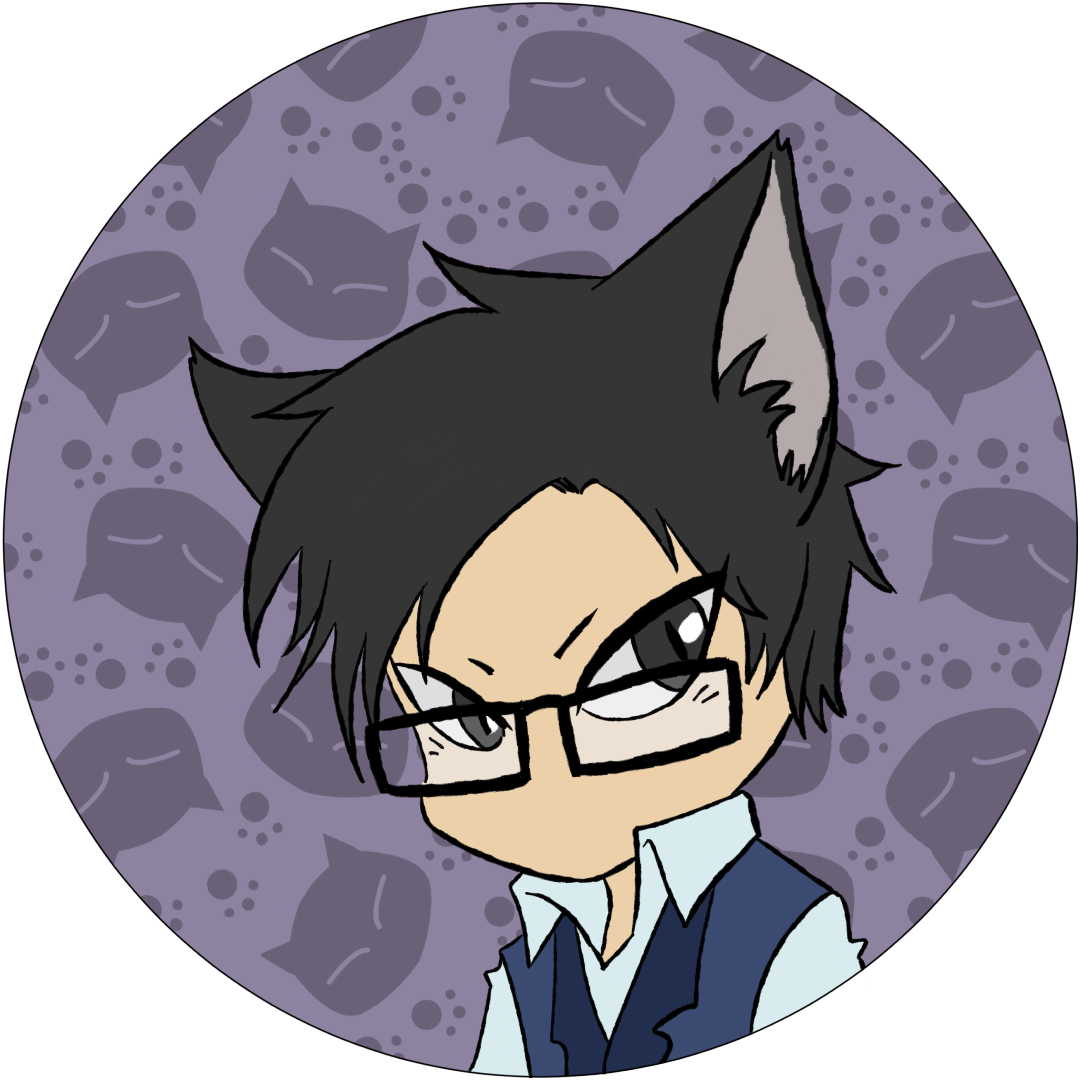
by Michele Kirichanskaya | Nov 16, 2022 | Blog
Nez is the webcomic creator of Friends With Benefits and Timeless Eclipse. He is based in New Zealand with an academic background in Animation Storyboarding. His story and art styles vary greatly from humorous and light-hearted, to dark and gritty moments. He works...
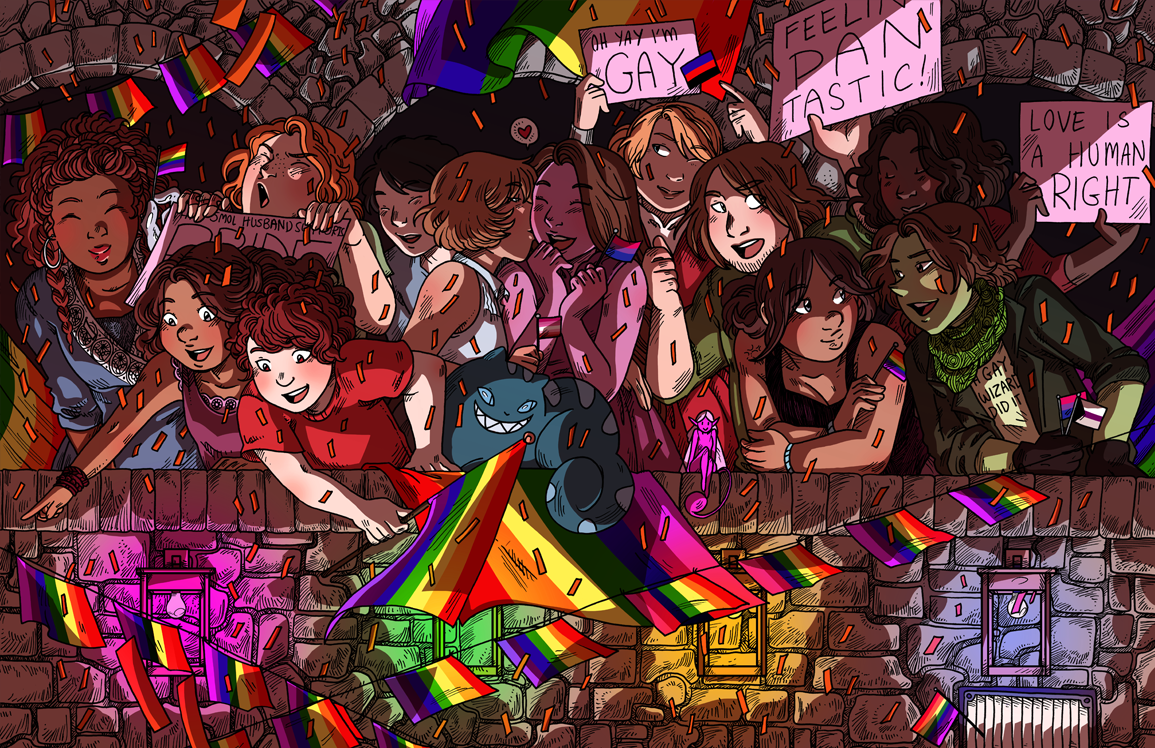
by Michele Kirichanskaya | Aug 3, 2022 | Blog
When she was a child, Megan commandeered scrap paper and markers to create family “newspapers.” She learned to read at age 3 by reading out loud from the T.V. Guide. When a relative wasn’t convinced, she was handed pages from the New York Times to read. Her family is...
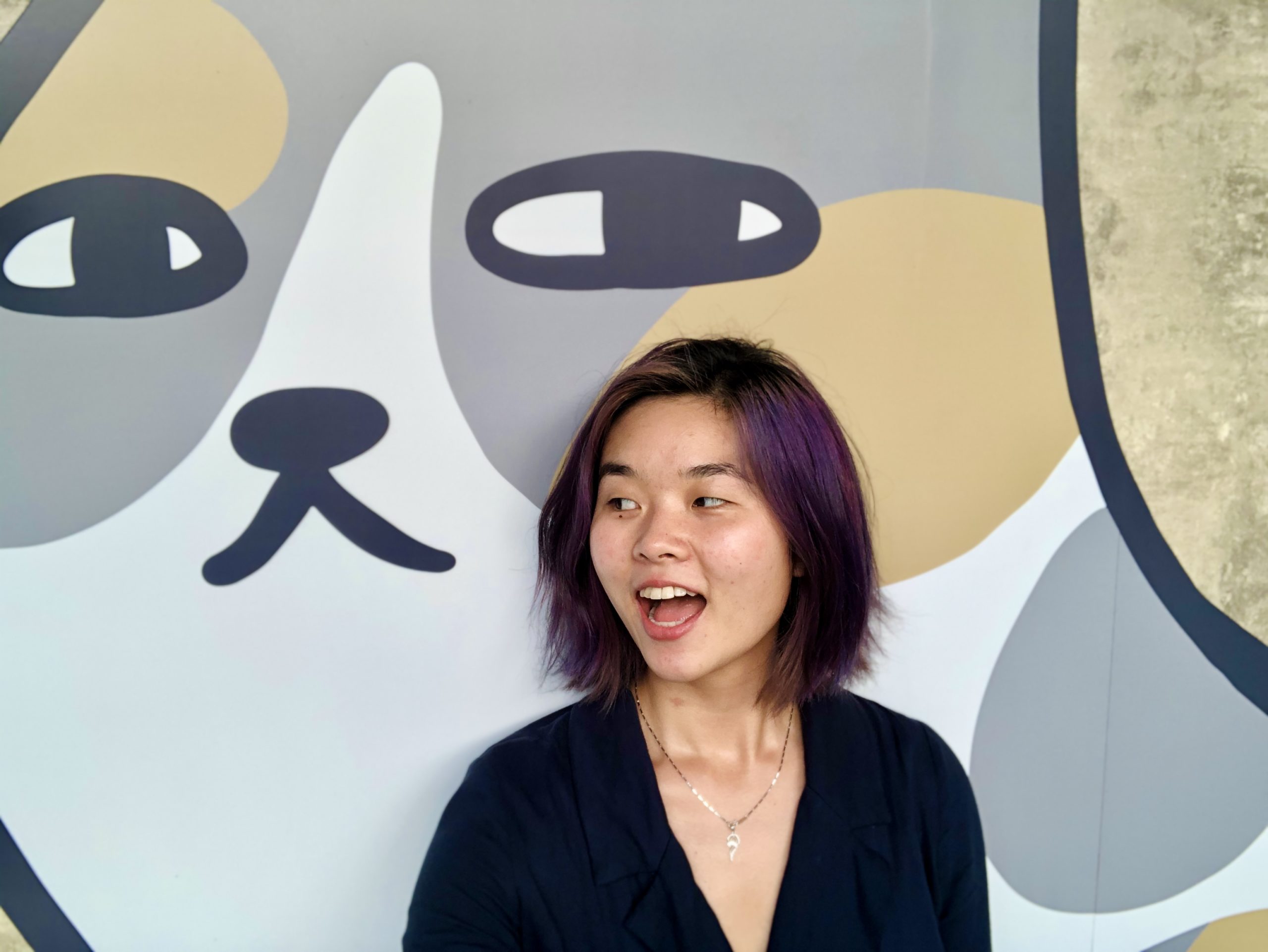
by Michele Kirichanskaya | May 11, 2022 | Blog
Laura Gao is a 25-year-old queer artist, author, and bread lover. Originally from Wuhan, China, Gao immigrated to a small town in Texas when she was four. Gao’s art career began by doodling on Pokémon cards and has since blossomed to be featured on NPR, the MOCA...




